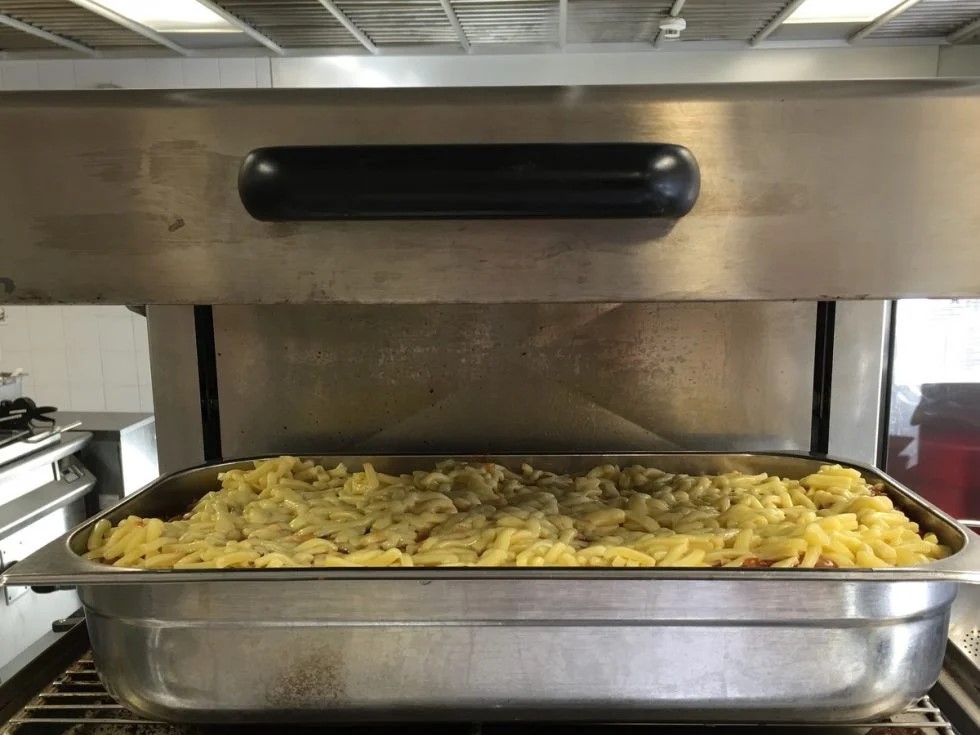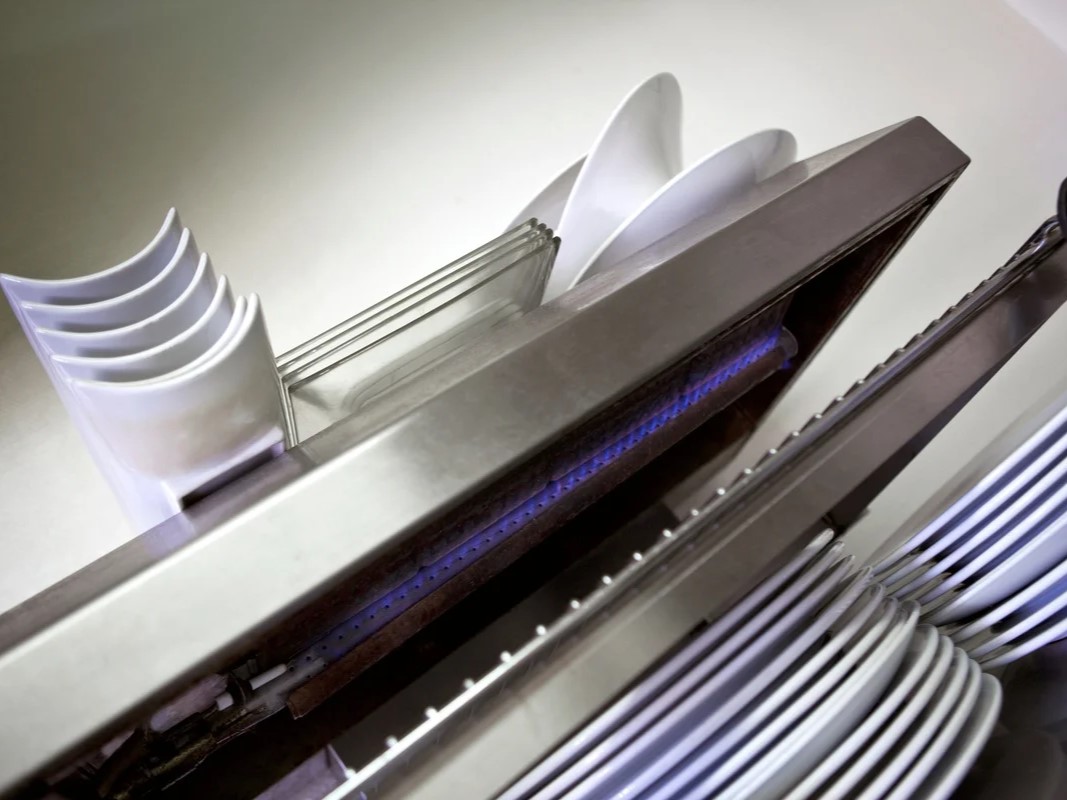A well-prepared cooking space means having more than just a stove and oven. In my experience, truly standout meals come from specialized gear, and I’ve always considered the kitchen salamander a top contender. Its high-heat broiling function gives dishes that satisfying golden-brown finish, plus it melts cheese superbly. Professional chefs rely on it for consistency and polish, and more home cooks are starting to catch on.
A salamander’s intense top-down heat is different from what a traditional oven offers. Instead of surrounding food with a uniform level of warmth, this contraption directs fiery temperatures from above. I love using it for everything from broiled steak to creme brulee, and it never fails to elevate my cooking adventures.
What is a salamander broiler grill?
A kitchen salamander is a high-intensity broiler designed to complete tasks fast. Instead of dispersing heat all around your dish, it focuses scorching heat from the top. You’ll find many professional kitchens with a salamander attached to a wall, mounted above the range, or placed on stainless steel table for easy handling.
I’ve seen many chefs rely on salamander ovens for tasks like:
- Melting cheese on pasta or sandwiches
- Crisping surfaces for casseroles
- Caramelizing sugar in desserts
- Rapidly reheating dishes so they don’t overcook
The reason it’s so handy is its ability to reach extremely high temperatures in little time. That speed not only improves plating but also helps give food a uniform, appetizing finish.
Benefits of the Kitchen Salamander
When I added a salamander to my cooking routine, I discovered several major benefits beyond quick results and convenience.
First, it refines the quality of your food by allowing precise control over the browning process. Need a crusty top on pizza or a steak that’s attractively browned? The salamander does it with professional flair.
Second, it’s small enough to fit into busy kitchens. Unlike a bulky oven, it doesn’t demand much space, letting you save room for other must-have gear. Many setups place it under a kitchen vent hood for proper safety and ventilation.
Another plus is energy efficiency. Direct heat on your food avoids wasting excess energy. You’ll often see adjustable heat levels on modern salamanders, enabling cooks to tackle everything from light toasting to deep charring.

Types of Kitchen Salamanders
Different models cater to various cooking needs. Before picking one, consider common options such as:
- Gas Salamanders for brisk heat-up times in bustling kitchens
- Electric Salamanders for controlled temps without needing a gas line
- Infrared Salamanders with cutting-edge tech that heats evenly while saving energy
- Cheese Melters specialized for fast cheese melt and that flawless gooey texture
Each type fulfills its purpose in a unique way, and I believe it all depends on what fits your cooking space and typical workflow.
What Should Be Considered When Buying a Salamander Oven?
Before you invest in restaurant-quality salamander equipment, look at these factors to ensure you choose the right one:
- Size and Capacity. Check if it’ll fit into your kitchen and handle the volume of dishes you cook.
- Heat Source. Decide between gas or electric, depending on what your kitchen is set up to accommodate.
- Adjustability. Seek models with adjustable racks or heat settings for optimal flexibility.
- Durability. Stainless steel is a safe bet—long-lasting and easy to clean.
- Maintenance. Look for removable components, like trays, so you can clean them effortlessly.
A properly chosen salamander broiler oven should slot seamlessly into your daily cooking routine, improving both your pace and final presentation.
Conclusion
I’ve always considered a kitchen salamander an essential piece of gear for anyone who’s serious about cooking. It grants remarkable speed, accuracy, and adaptability, giving each dish that final layer of crispness or caramelization. When choosing a salamander for your own kitchen, keep size, heat type, and adjustability in mind. I believe that picking the right setup can take your cooking from simple meals to restaurant-level quality, leaving every plate with a professional-looking finish.
